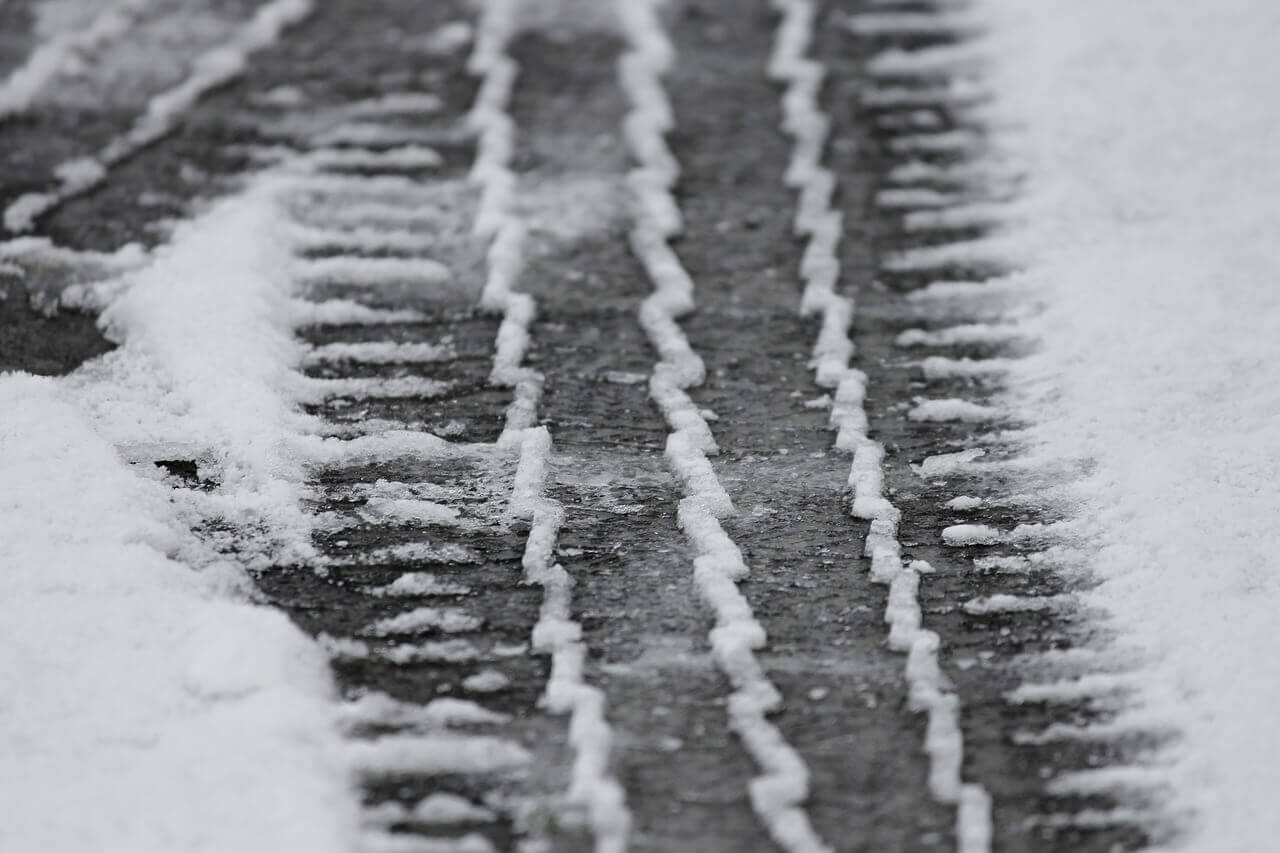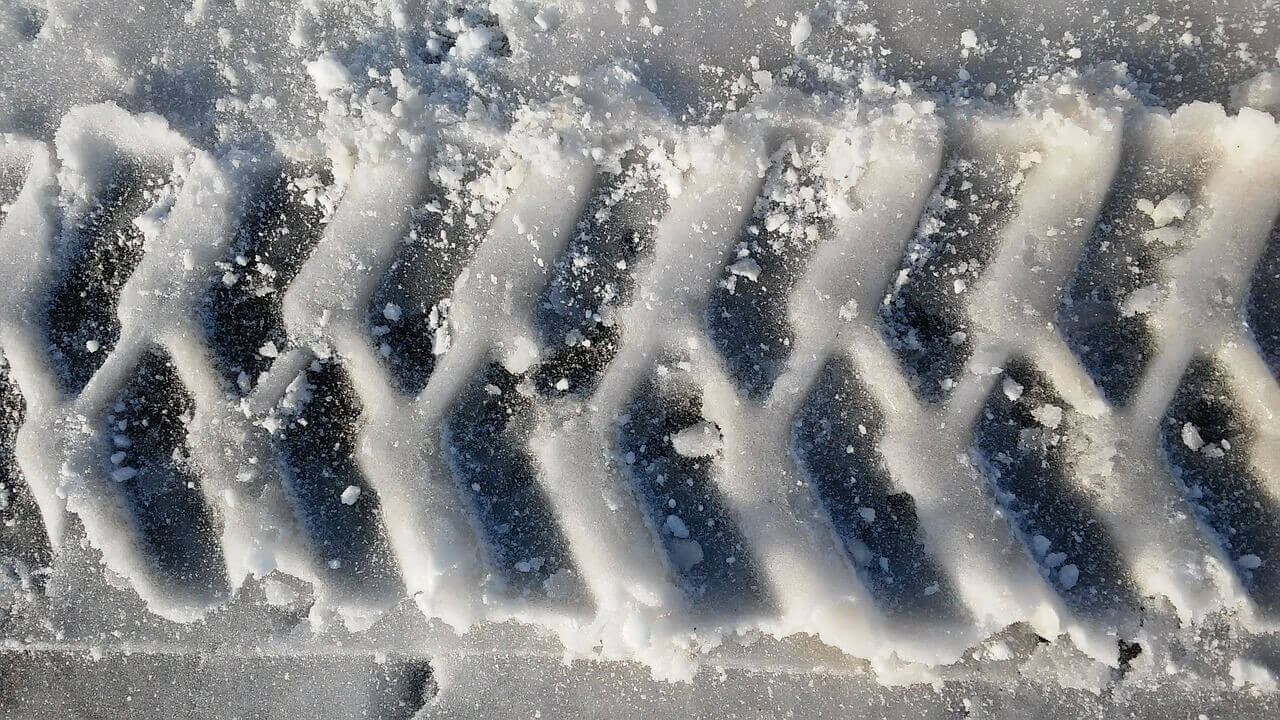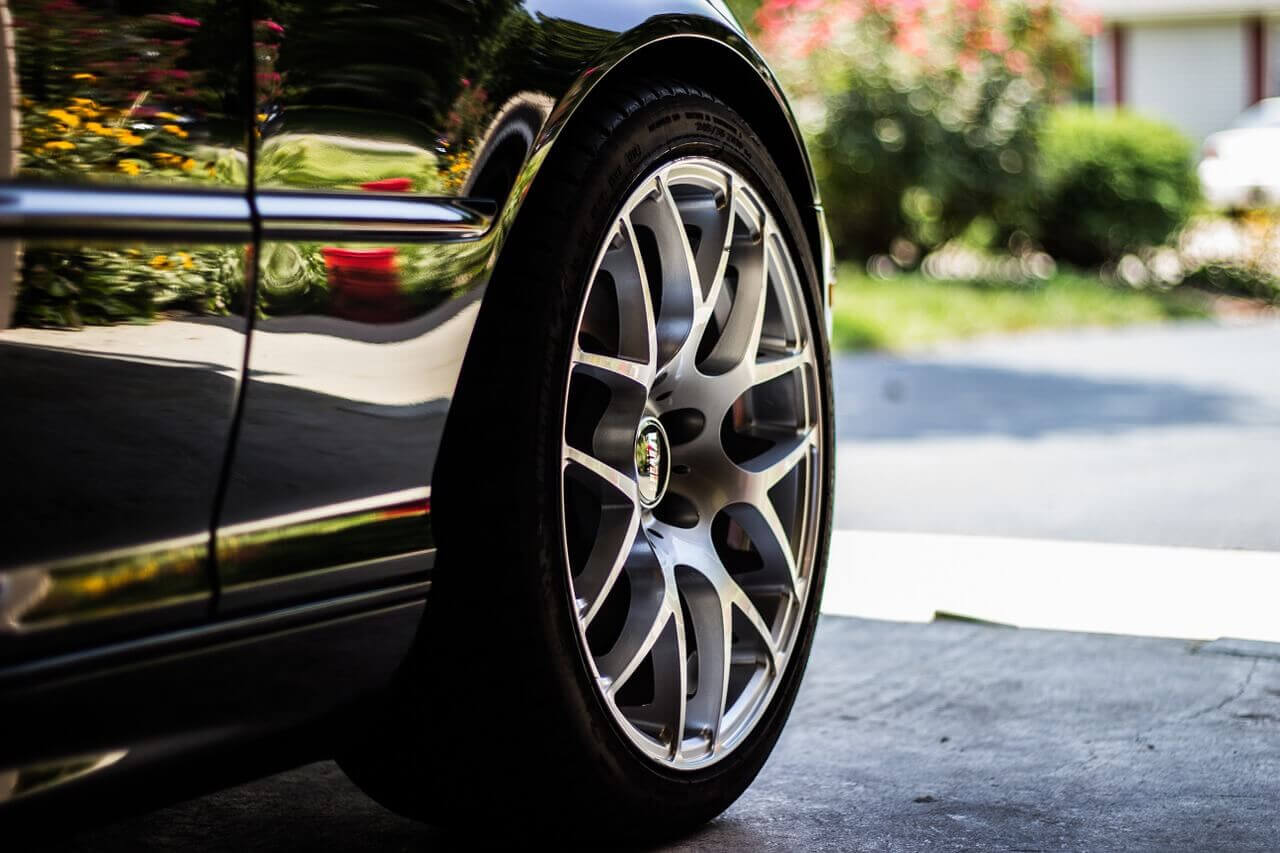As you know, as of December 1st in Quebec (a date that varies elsewhere in Canada, when it exists), winter tires become mandatory. It may seem early to shop around, but if you want to have a choice, you should not be late and start shopping in September.
But even if you respect the law, you may not know why you are being forced to do it. You just choose your tires. And if you live in a province where they are not mandatory, the odds are even better than you do not know why you should have winter tires.
We therefore allow ourselves a little text of elementary understanding.
Why should we have winter tires
Remember that, regardless of the season, your tire has an extremely limited surface contact with the ground. In fact, at 100 kilometers an hour, the surface in contact with the ground is the equivalent of the size of a pack of cigarettes under each tire. And it’s the only contact that allows you to brake or steer your car. Effective tires are therefore essential.
The beauty of the winter tire is the composition of its rubber. It is designed from several elements (each manufacturer has its own recipe) which allows to remain flexible below the freezing point. It is scientifically proven, in fact, that as soon as the mercury reaches 7 degrees, your tires change their behavior.
In simple language, if you have all-season tires that are not recognized for the winter and the temperature drops to two degrees, you’ll feel like you’re riding on blocks of wood. Try to brake with wooden soles, and you will understand why the winter tire compound is essential.
Corollary: of course, if winter tires become effective at 7 degrees or less, they are significantly less advantageous at 8 degrees and more. Do not keep them in summer.
For comparison purposes, winter tires will brake 30 to 50% faster than summer tires on an icy surface.
And the silica?
More and more tire manufacturers are opting to add silica to their compounds. It’s not just a whim. Silica, which looks like small sand-like crystals, offers better adhesion, providing an uneven surface.
But this is an almost involuntary advantage. Because the real role of silica is to allow a better distribution of the temperature in the sole. Without falling into the details, it distributes heat more evenly to promote better adhesion, and limit wear.
The sole
Of course, we can also embark on the details of the design of the sole. But this reality is as true in summer as it is in winter. The thread, the crampons and the sipings in the rubber make it possible to stick to the road, but also serve to evacuate the water and the snow if necessary.
These designs are unique to every manufacturer. Michelin, for example, has patented certain designs of its tires to ensure exclusivity. This is also the case for Bridgestone, and many other companies.
So you better understand why your needs for winter tires? And above all, why do not you have to wait to get them? We, in any case, can help you!






